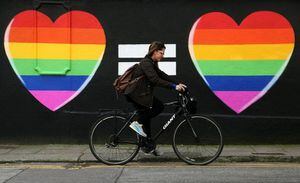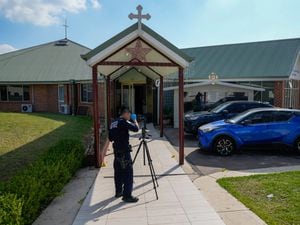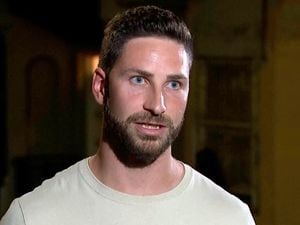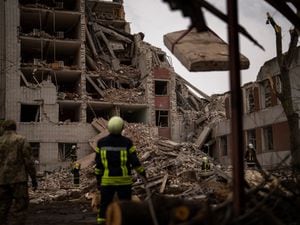How Australia followed Ireland in putting same-sex marriage to the vote
The ballots on changing the law were sent out in September.

Australians are the latest population to be questioned on their views about gay marriage.
The postal ballot which was held between September 12 and November 7 followed similar ballots which have been held in Europe on the issue of allowing two people of the same sex to wed.
Three European countries went to the polls in 2015 to express their views on the subject, with Slovenia voting no, Ireland voting yes and a poll in Slovakia failing due to low turnout.
Voters in Ireland said yes to same-sex equality 22 years after homosexuality was decriminalised in the country.
The landmark referendum, passed by 62% of voters, heralded a dramatic shift in social values for a country traditionally held up as a bastion of Catholicism and conservative lifestyles.
Some 1,201,607 people backed reform of the 1937 Constitution, enshrining in the section titled The Family that “Marriage may be contracted in accordance with law by two persons without distinction as to their sex”.
Some 734,300 people voted against the proposal.
There was only one blot on the landscape of the country’s 43 constituencies, with Roscommon-South Leitrim opposing the extension of marriage rights by a narrow margin of 51.42% voters.
The biggest support came in Dublin South East where just shy of 75% of voters backed the reform.
The vote was held in May 2015, four months after then Health Minister Leo Varadkar announced he was gay. Mr Varadkar became the fourth openly gay head of government in June 2017 when he took over as Taoiseach.
Maria Miller, then of the Department of Culture, Media and Sport, announced that same-sex marriage ceremonies would begin on March 29 2014.
The Scottish Parliament passed similar legislation in 2014, while same-sex marriage is not performed or recognised in Northern Ireland.





